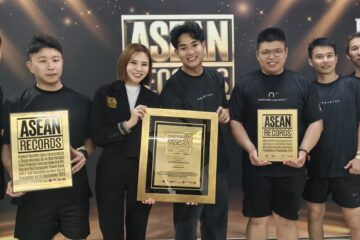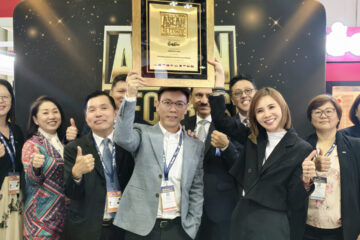The Maritime Institute of Malaysia (MIMA) has outlined a bold vision to future-proof ASEAN’s Blue Economy by integrating four critical areas of focus: conserving and restoring mangrove habitats, scaling up offshore wind production, decarbonising international shipping, and boosting sustainable ocean-based protein supply.
Speaking at the seminar “Jointly Building a New Engine for China-ASEAN Blue Economy”, MIMA Director-General Monaliza Suhaimi stressed that a strong, resilient Blue Economy is vital to ASEAN’s future prosperity and environmental stability.
“Conserving mangroves goes beyond protecting nature – it strengthens coastal defences, safeguards ports, shipping routes, and communities, while reducing the risks of erosion and extreme weather. At the same time, advancing renewable energy, sustainable fisheries, and greener shipping ensures ASEAN can lead the way in balancing economic growth with environmental stewardship,” Monaliza said.
She further highlighted that integrating automation, digitalisation, and Internet of Things (IoT) technologies into maritime infrastructure could play a transformative role in reducing emissions and raising efficiency across the sector.
Tourism and Economic Opportunities with China
As part of Malaysia’s collaboration under the China–ASEAN Marine Tourism and Cultural Economic Circle, MIMA projects that Malaysia’s tourism sector could grow by 10–15% annually over the next five years, largely driven by rising arrivals from China. This growth is expected to contribute between RM1.5 billion and RM2.2 billion to Malaysia’s GDP.
MIMA’s Head of Maritime Economics and Industries, Mazlinawati Abdul Majid, revealed that the joint development of ports, marinas, and resorts could generate investments worth up to RM1 billion, while creating 5,000 to 7,000 new jobs across hospitality, transport, and cultural services.
“The integrated cruise and yacht circuit linking Hainan, Langkawi, Kota Kinabalu, and other ASEAN hubs represents not only tourism growth but also a transformative partnership that stimulates coastal development and attracts strategic investment,” Mazlinawati said.
A Strategic Partnership for the Future
Malaysia’s active participation in the Hainan Free Trade Port (FTP) initiative positions the nation as a co-leader with China in driving ASEAN-China maritime cooperation. Beyond tourism, this collaboration is expected to enhance sustainable development, coastal resilience, and high-value investment opportunities across the region.
“By aligning environmental priorities with economic strategies, ASEAN can secure its Blue Economy for future generations while ensuring the region remains a global leader in sustainable maritime development,” Monaliza concluded.


